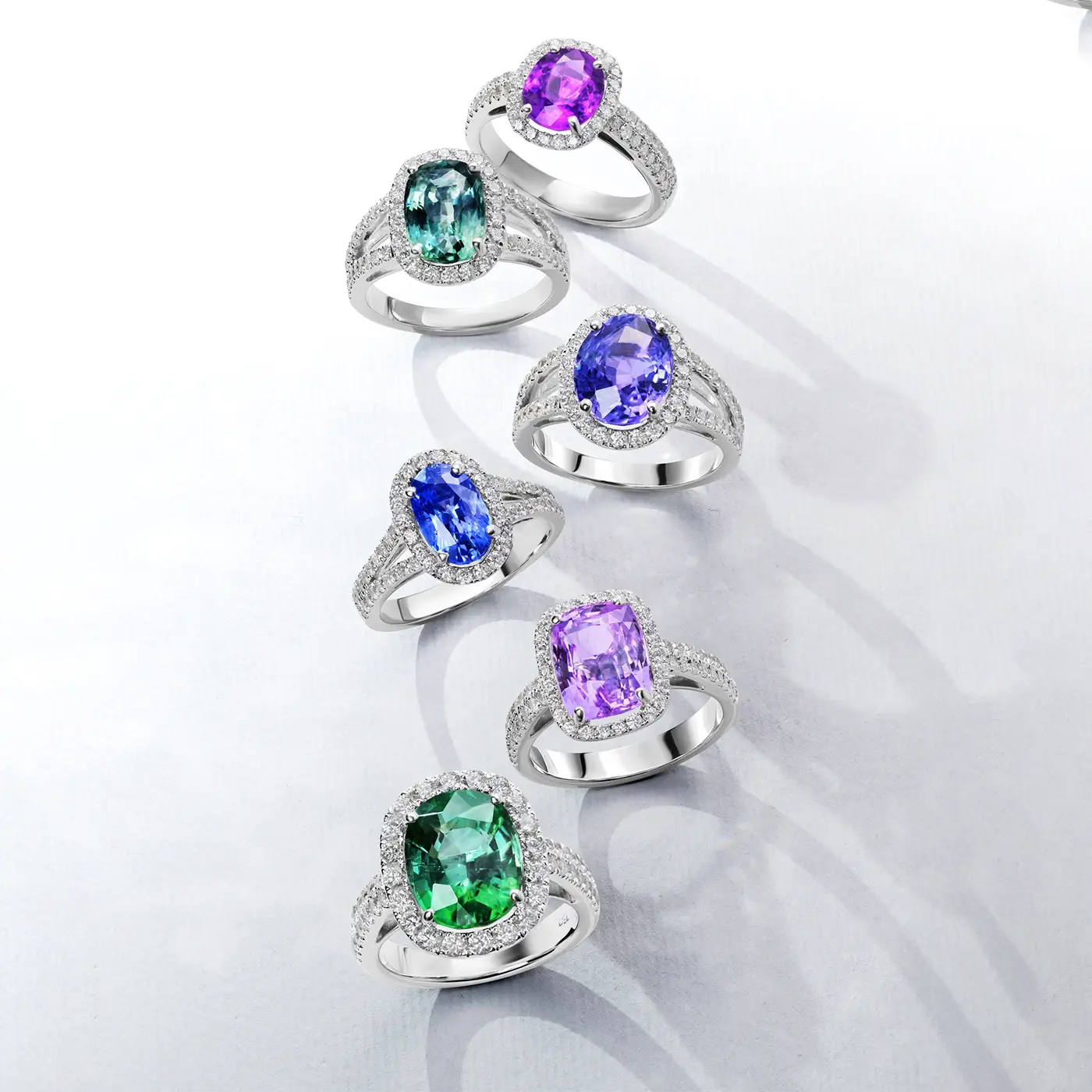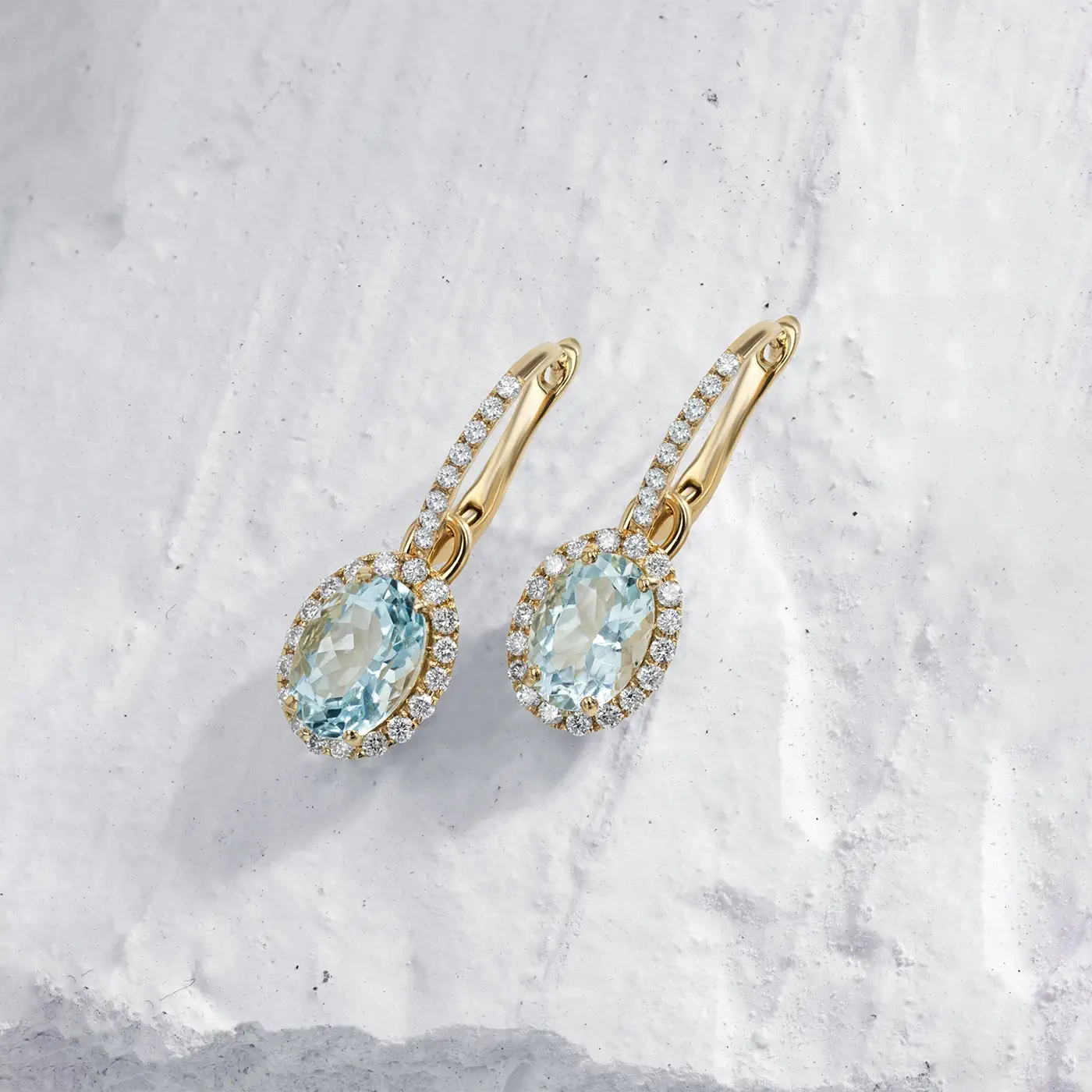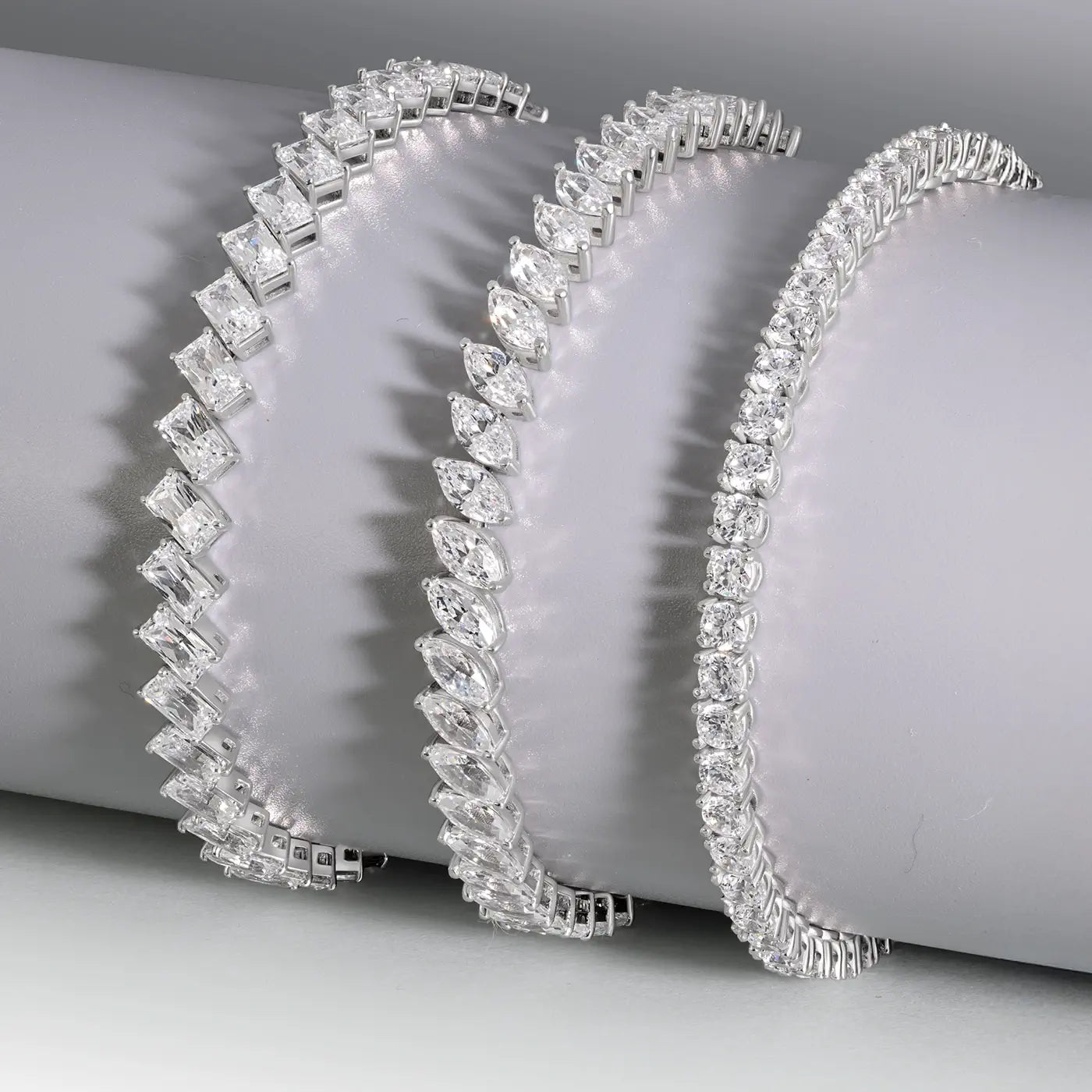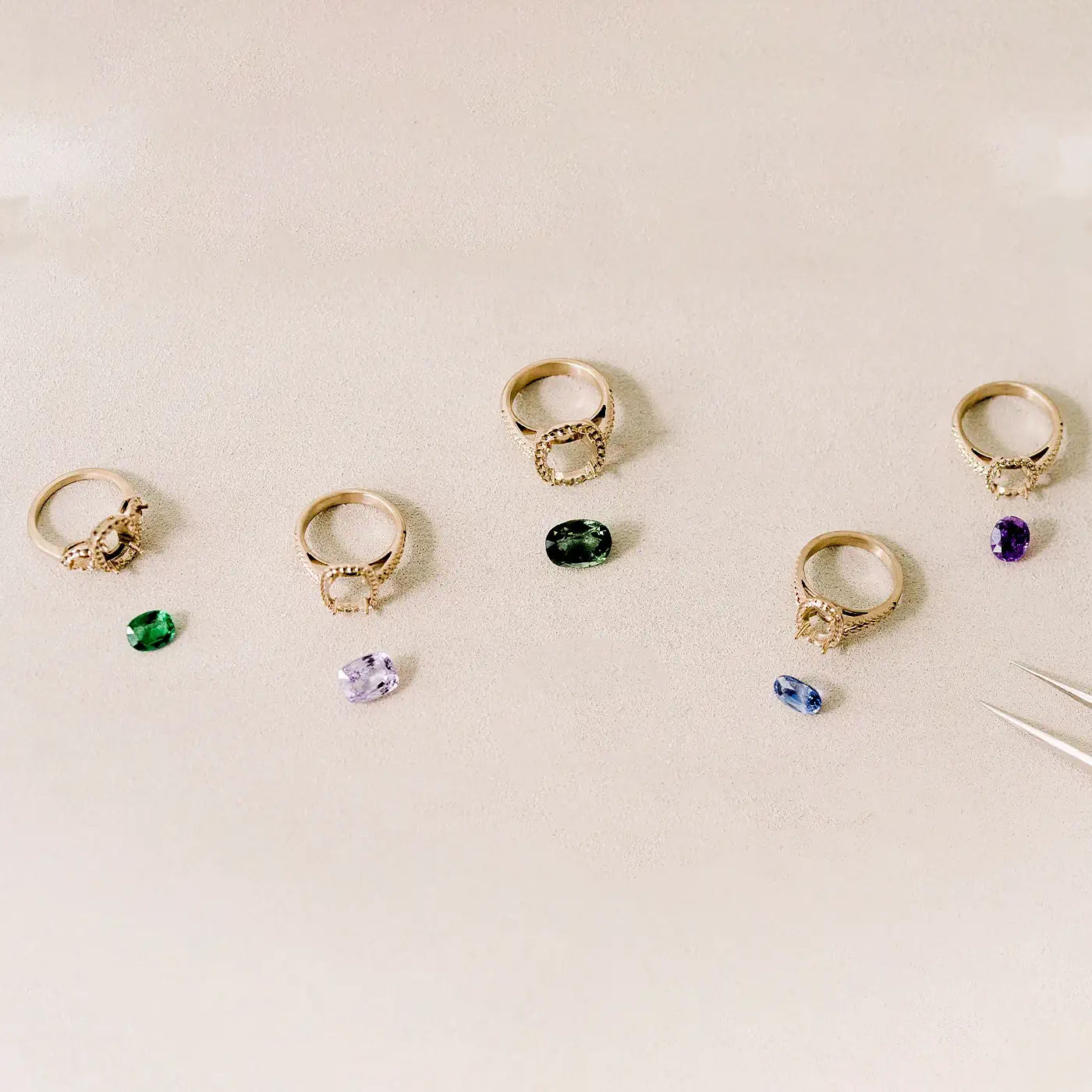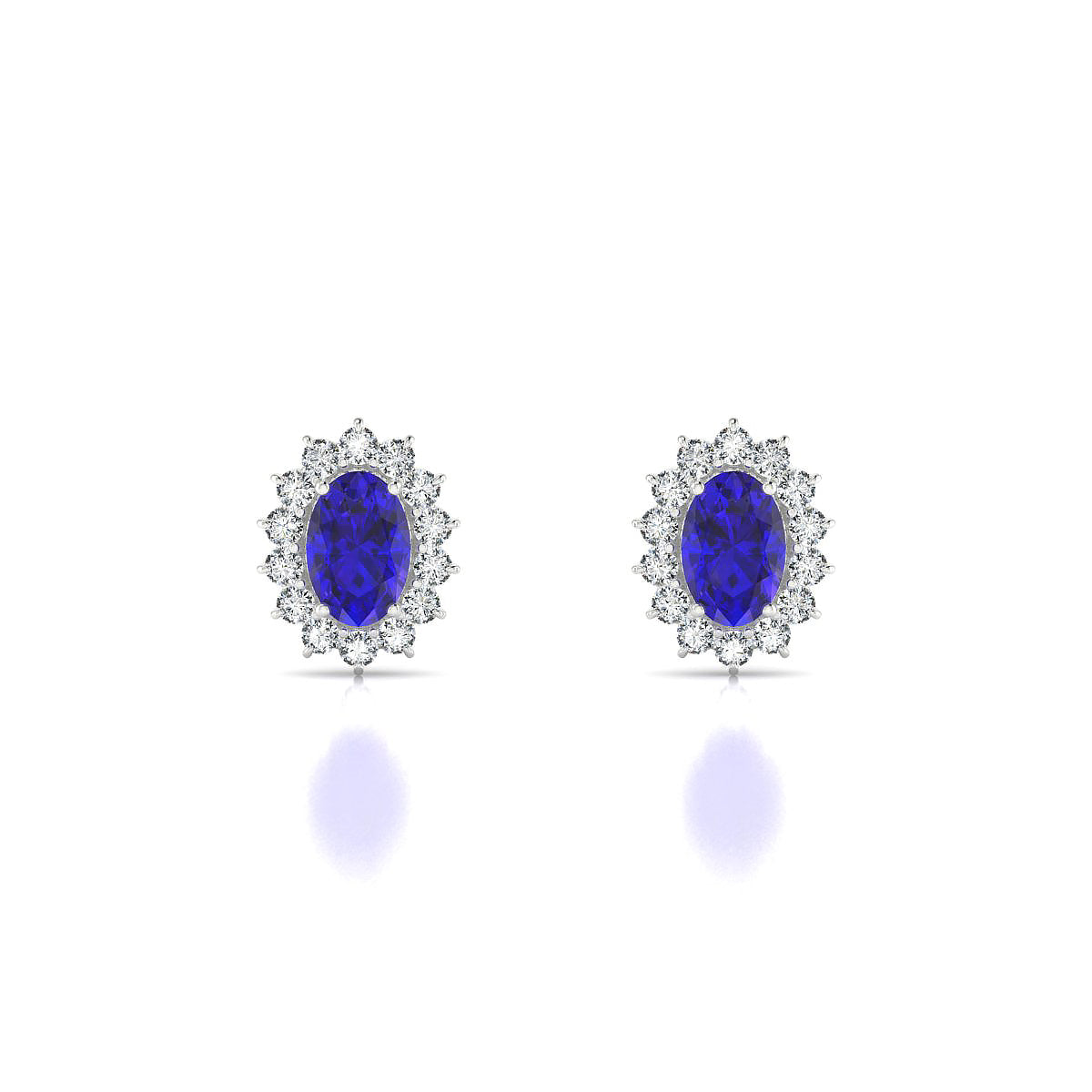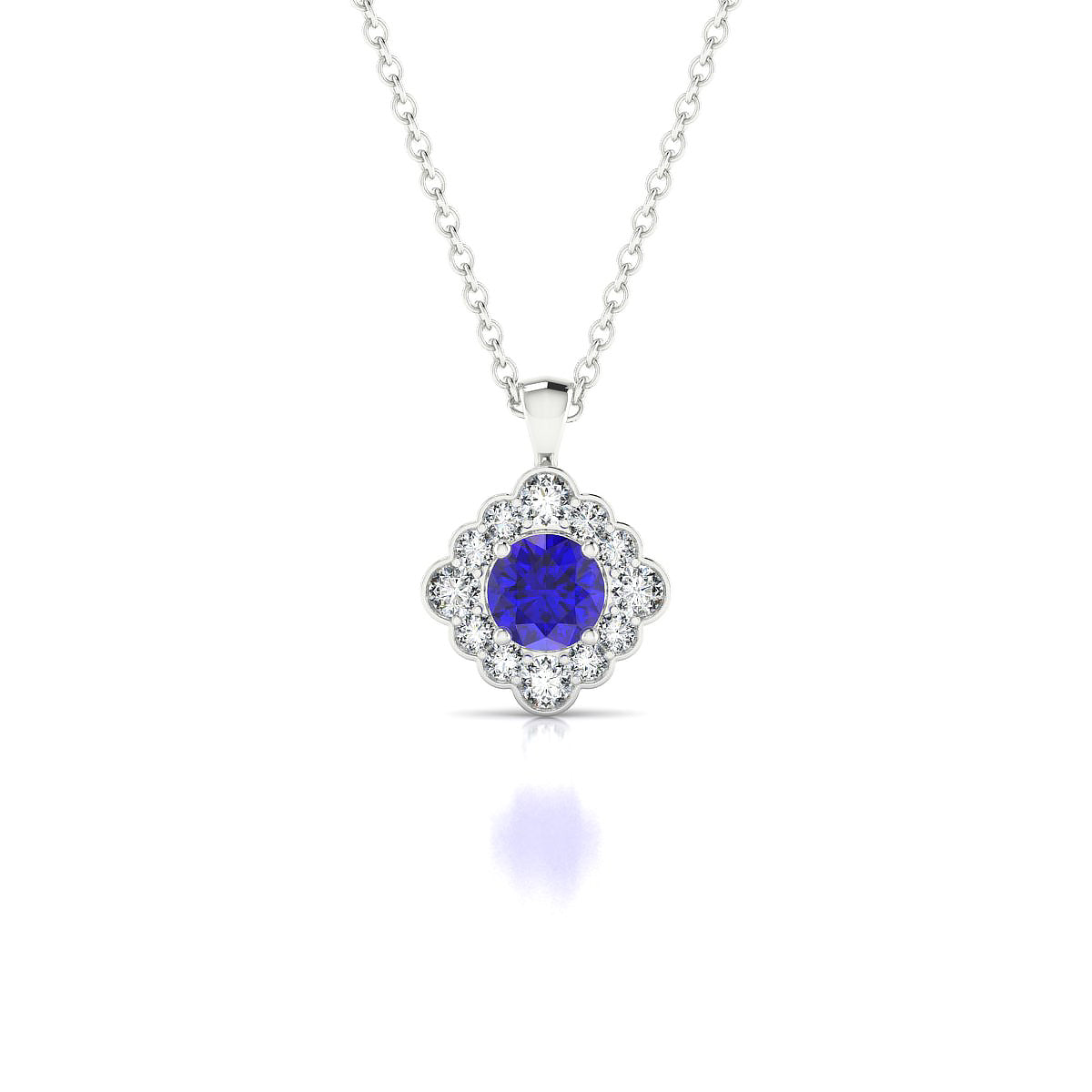Encyclopedia
Tanzanite Full Guide

Tanzanite is a striking blue-violet gemstone discovered in the foothills of Mount Kilimanjaro in the 1960s — making it one of the most recently discovered and rare gemstones used in fine jewelry. It belongs to the zoisite mineral family and is prized for its unique color, which shifts subtly between deep blue and purple depending on the light. Tanzanite symbolizes transformation, intuition, and new beginnings. It is the birthstone for December and is often chosen for its rarity and emotional depth.
Characteristics of the Tanzanite
Etymology: Name derived from country of origin, Tanzania
Family: Zoisite
Chemical composition: Calcium and Aluminum Silicate
Hardness: 6 - 7 on the Mohs scale
Density: 3.34 - 3.43
Optical properties: Positive uniaxial
Refractive index: 1.69 - 1.706
Birefringence: 0.008 - 0.013
Crystal system: Orthorhombic

The origin of Tanzanites
The tanzanite has only ever been found in one place in the entire world: the Merelani mine in the foothills of Mount Kilimanjaro in Tanzania.
Since its discovery in 1967 by Masai tribesmen, tanzanite has rapidly become one of the most coveted semi-precious stones in the world. Legend has it that lightning struck the earth where the tanzanite was found, transforming this usually brown zoisite mineral into an incredible blue stone, with glimmers of purple.
CARAT
The carat is the standard unit of measurement for the weight of gemstones. One carat is equal to 200 milligrams.
But be careful not to confuse carats with karats, which is a unit used to determine the purity of precious metals.
Tanzanites are dense stones, they will appear smaller than most common gemstones of the same weight.
The color of the Tanzanite
The Tanzanite is a colored gemstone that can display a wide range of different colors and shades. The mineral itself is originally brown, and high heat gives it the beautiful violet and blue colors it is favored for.
But it can retain some of its brownish tones or even display some slight gray tones.
Discover our Guide on the Colors of Gemstones.
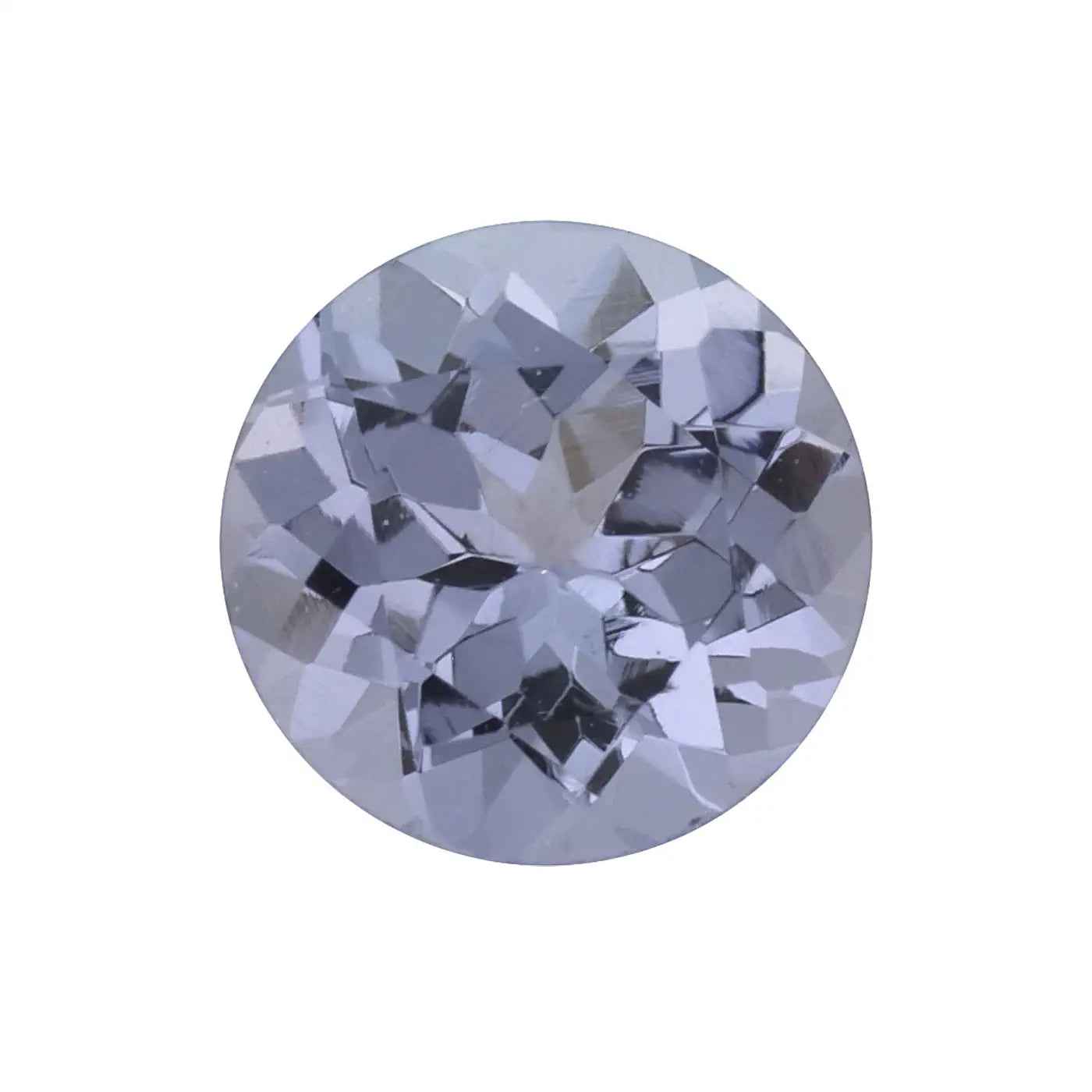



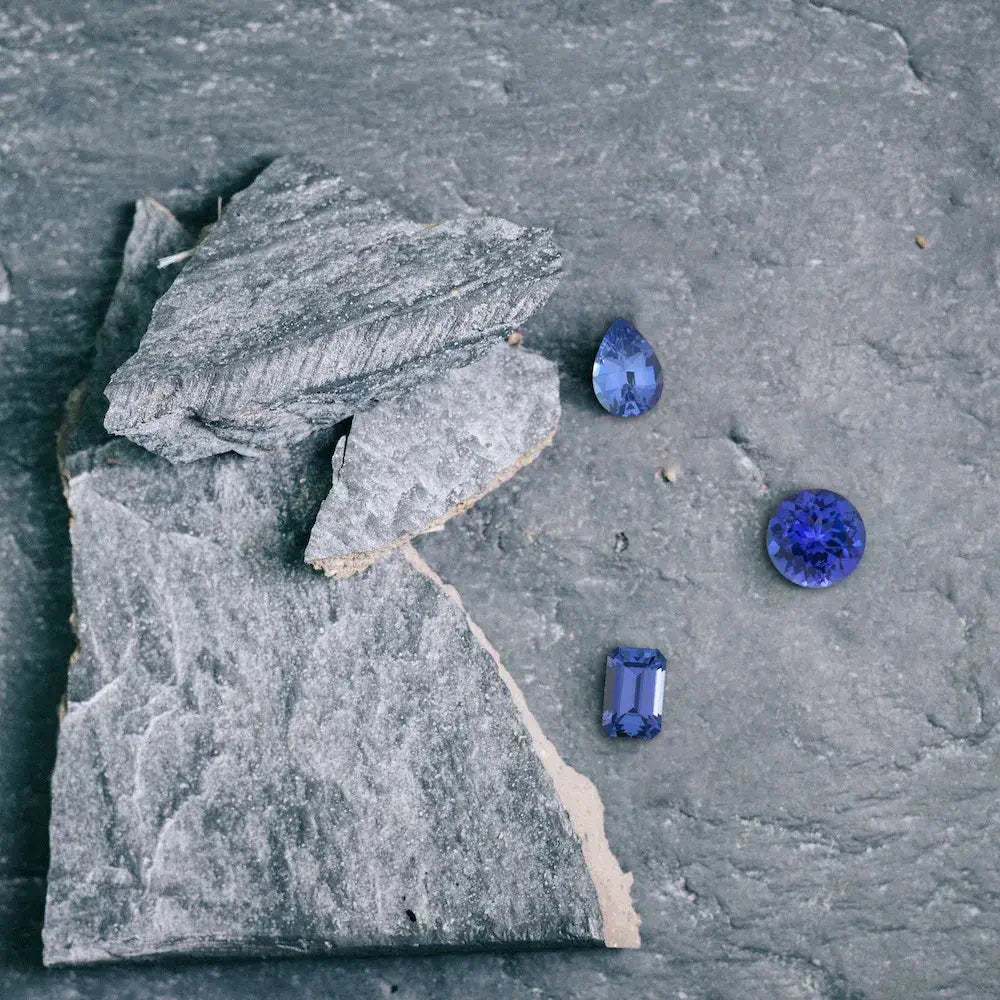
The clarity of Tanzanites
Faceted tanzanites are usually void of inclusions visible to the naked eye. Only under magnification can inclusions be seen in common jewelry-grade tanzanites.
When there are too many inclusions in the rough tanzanite, the lapidares will often make them into a cabochon or remove much of the inclusions, turning the rough into much smaller stones.
Cut & Shapes
The tanzanite is a fragile stone and is therefore somewhat limited in the shapes it can be cut into. The most common tanzanite shapes are cushion, oval and triangle.
Color variation within the stone means that the lapidary plays a decisive role in determining its final color. Experienced lapidaries cut the stone in such a way as to bring out a pure blue or even a darker slightly purplish blue, depending on how much of the stone's original weight they wish to retain.

Princess Shape Tanzanite

Oval Shape Tanzanite

Pear Shape Tanzanite

Emerald Cut Tanzanite

Marquise Shape Tanzanite

Round Shape Tanzanite
Birthstone & Wedding Anniversary
The tanzanite is birthstone of December.
It is also used to celebrate 24 years of marriage in the United States and in France.
Discover our Birthstone Full Guide.
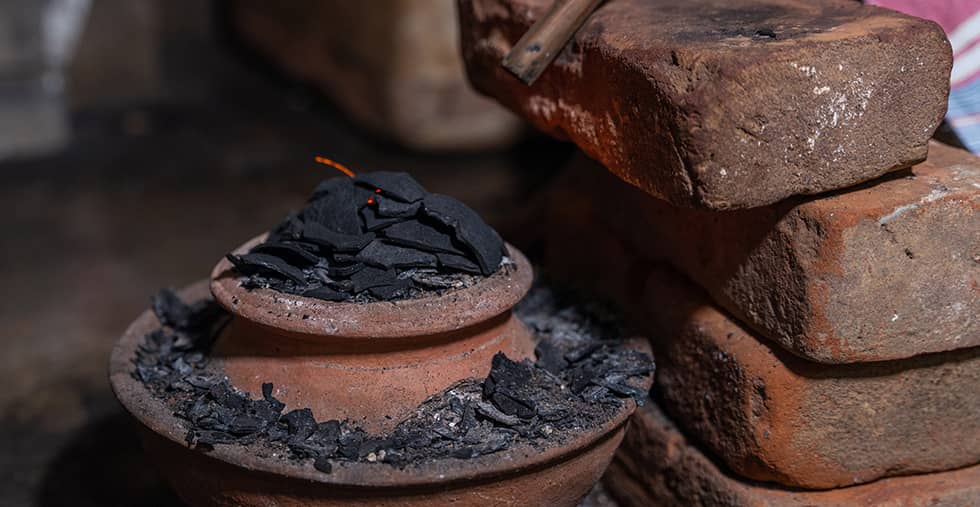
Treatment
Most tanzanites go through heat treatment. Only through heat will the brown color disappear and turn into the purple-blue color tanzanite are known for. Naturally blue or purple tanzanites are extremely rare.

